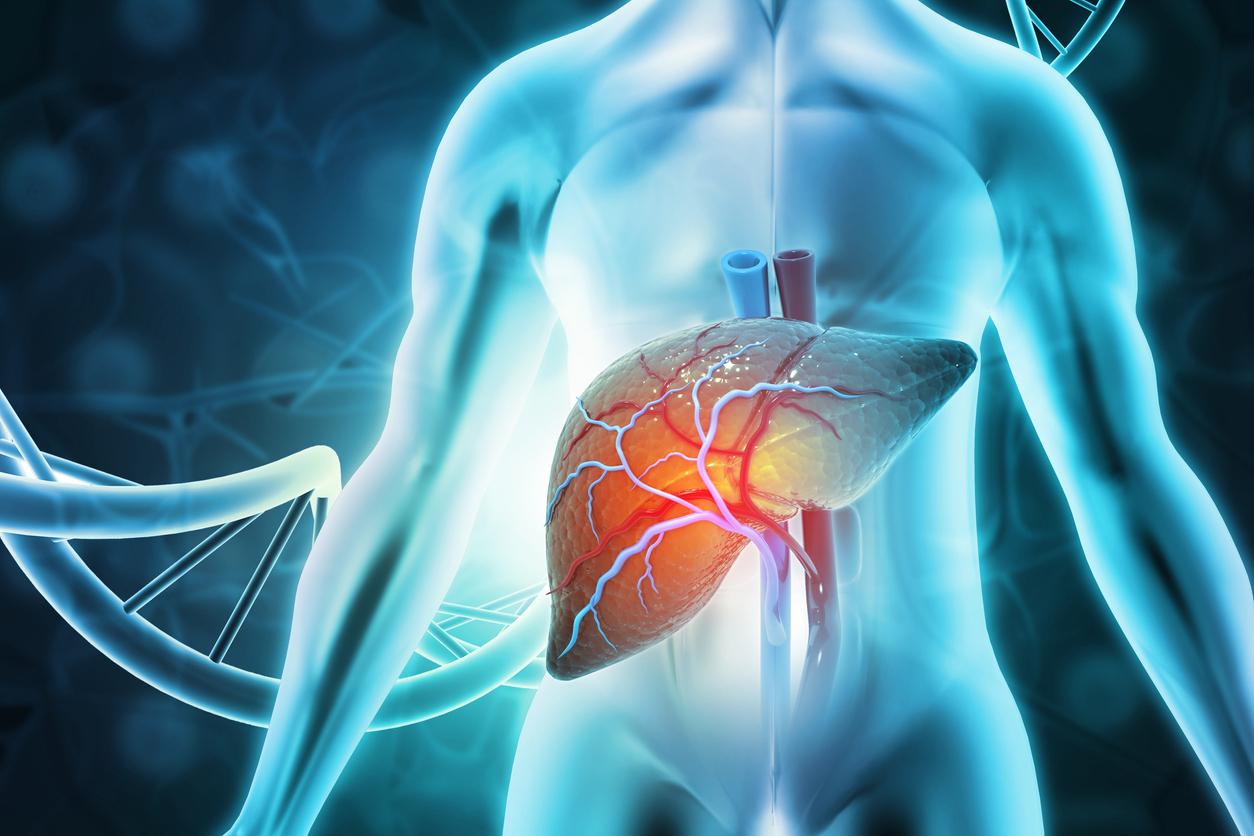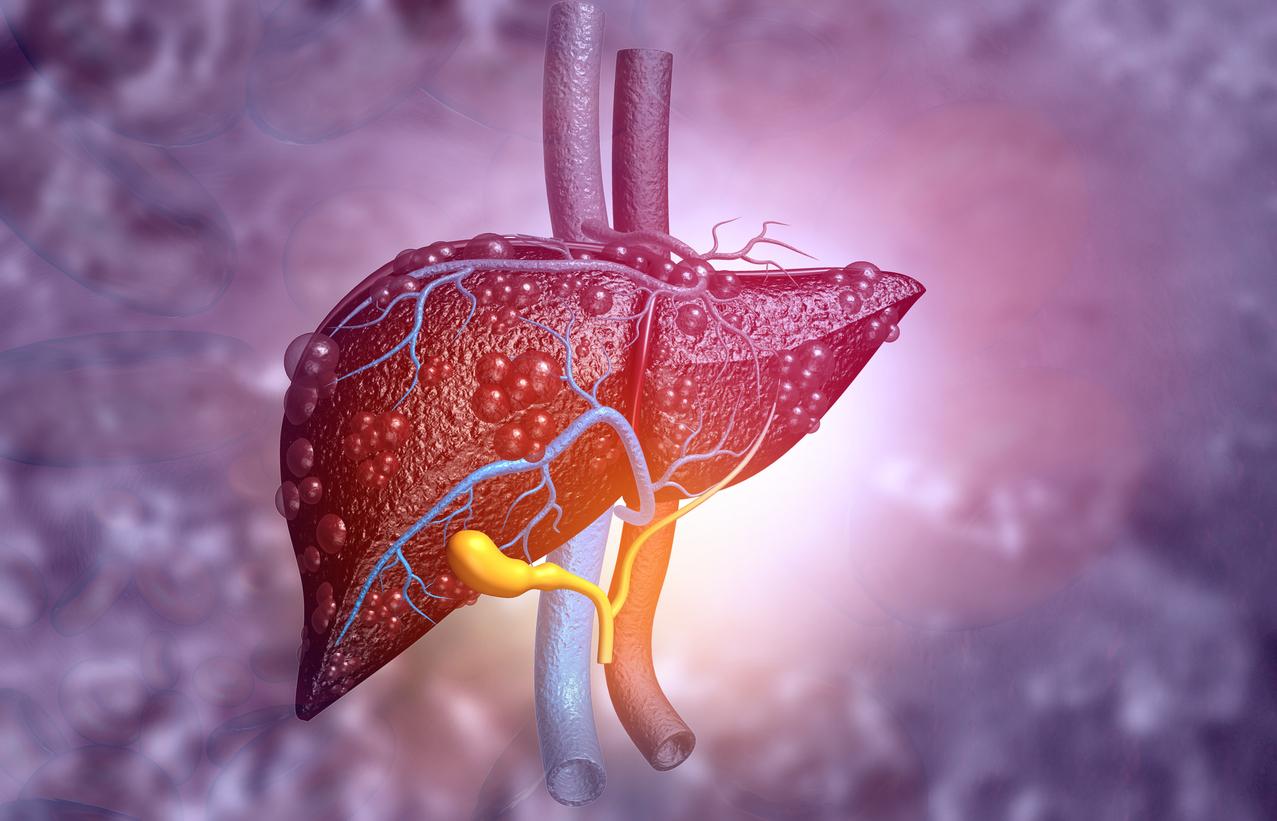A recent study has identified a new drug target to prevent and treat fatty liver disease, also known as non-alcoholic fatty liver disease.

- There are more than 200,000 people affected by non-alcoholic fatty liver disease in France.
- Researchers have discovered a potential new drug target for this disease: levels of a protein called Adgrf1.
- Decreasing Adgrf1 reduced lipid accumulation in liver cells and liver enzyme levels associated with liver damage.
More than 200,000 people in France suffer from fatty liver disease non alcoholic (NAFLD)commonly known as fatty liver disease. This condition results from the excessive accumulation of fat in the liver, associated with inflammation of this organ. If left untreated, it can progress to serious complications such as fibrosis, cirrhosis or even liver cancer.
“Increasing physical activity and reducing calories can help manage NAFLDbut such lifestyle changes are only effective in the early stages”explain Mengyao Wu from the University of Guangzhou and lead author in a communicated. “No medication is available to reverse excessive fat storage in the liver once the NASH (form more agressive pathology) has developed”. However, the researcher and her team have found a new drug target for this disease.
Fatty liver disease: protein Adgrf1 would play a role important
Scientists have discovered that a protein called Adgrf1found primarily in the liver, plays a key role in fat metabolism. By targeting this molecule, it would be possible to prevent the excessive accumulation of fat in the liver of individuals suffering from obesity, thus reducing the risk of hepatic steatosis. non alcoholic. Researchers came to this conclusion after using a gene therapy approach to block theAdgrf1 in obese mice with fatty liver disease non alcoholic.
In these rodents with low levels of Adgrf1, the team observed several significant improvements. Deleting the molecule improved fasting blood sugar and insulin sensitivity. Moreover, reduction of Adgrf1 expression reduced lipid accumulation in liver cells and liver enzyme levels associated with liver damage. These promising results indicate that targeting theAdgrf1 could be an effective approach to prevent and treat fatty liver disease in mice.
Fatty liver non-alcoholic: a new avenue for a treatment
To corroborate these findings in humans, the researchers analyzed liver biopsy samples from patients with different stages of the disease: from a healthy liver to a NAFLD very developed. Among other things, they found that the levels ofAdgrf1 were higher in biopsies from patients with severe fatty liver (steatosis) than those with less severe fatty liver disease.
The results, presented in the review eLife on August 15, 2023, confirmed that the presence ofAdgrf1 was associated with the progression of hepatic steatosis non alcoholic.
“We found evidence of a new role ofAdgrf1 in the regulation of fat metabolism in the liver”concludes the main author Chi Ming wongAssociate Professor at Hong Kong Polytechnic University. “The results of our study pave the way for further research into the safety and efficacy of targetingAdgrf1 for the treatment of persons suffering from hepatic steatosis. If this is confirmed, it could provide a new therapeutic approach for patients”.














